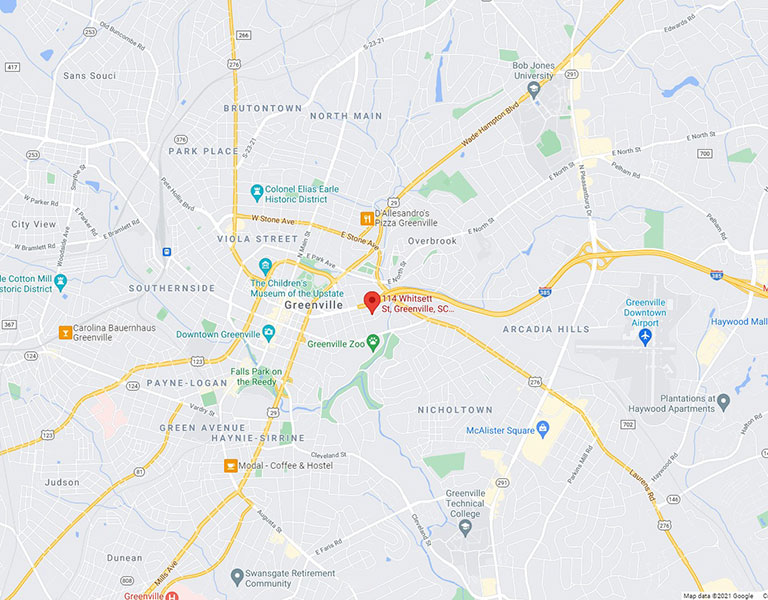There are several types of temporary visas, but three of the most common are the H-1B, H-2A and H-2B.
The H-2B visa is typically used by people who come to the United States to do non-agricultural seasonal labor on a temporary basis. These “guest workers” can come from any country (except Guam) but are frequently from Mexico, Jamaica and Guatemala. Some workers come from Great Britain and Eastern Europe. Many resorts and tourist destinations hire workers from abroad to manage swells of business. Small lakeside towns, ski resorts and amusement parks all need workers during peak season.
H-2A visa workers do agricultural work such as fruit and vegetable picking, herding and livestock production and processing. Other workers come for jobs in landscaping, forestry and construction.
H-2B visas are granted under two conditions:
- The first condition is that there are not enough laborers in the United States who are willing or able to do the work.
- The second condition is that by hiring guest workers it will not have a negative affect on the wages and working conditions other people working at similar jobs in the United States.
What is the difference between an H-1B visa and an H-2B visa?
H-1B visas (and H-1B1 visas) are typically for people with university degrees who have specialized experience or skill. H-1B visas are valid for three to six years.
H-2A and H-2B are valid for one year can be renewed for two years, for a total of three years. The United States only allows 66,000 H-2B workers in annually. H-2B visa workers must have their employer submit a temporary labor certification and complete a Form 1-129.
A much-needed source of labor
Temporary visas are needed to keep the United States economy running smoothly. Not many people realize that 17.4% of the current United States workforce was not born here, according to a May 15, 2020 Bureau of Labor Statistics news release. Further, nearly 25% of the people building our houses, schools, hospitals, shopping centers and other buildings are immigrants.
Immigrant and guest workers are a crucial part of the American economy. Temporary workers ensure than many industries are able to continue operating even when there are not enough U.S-born workers able or willing to do the job.
Se habla español at the Law Office of Matthew J. Kappel, PC.


